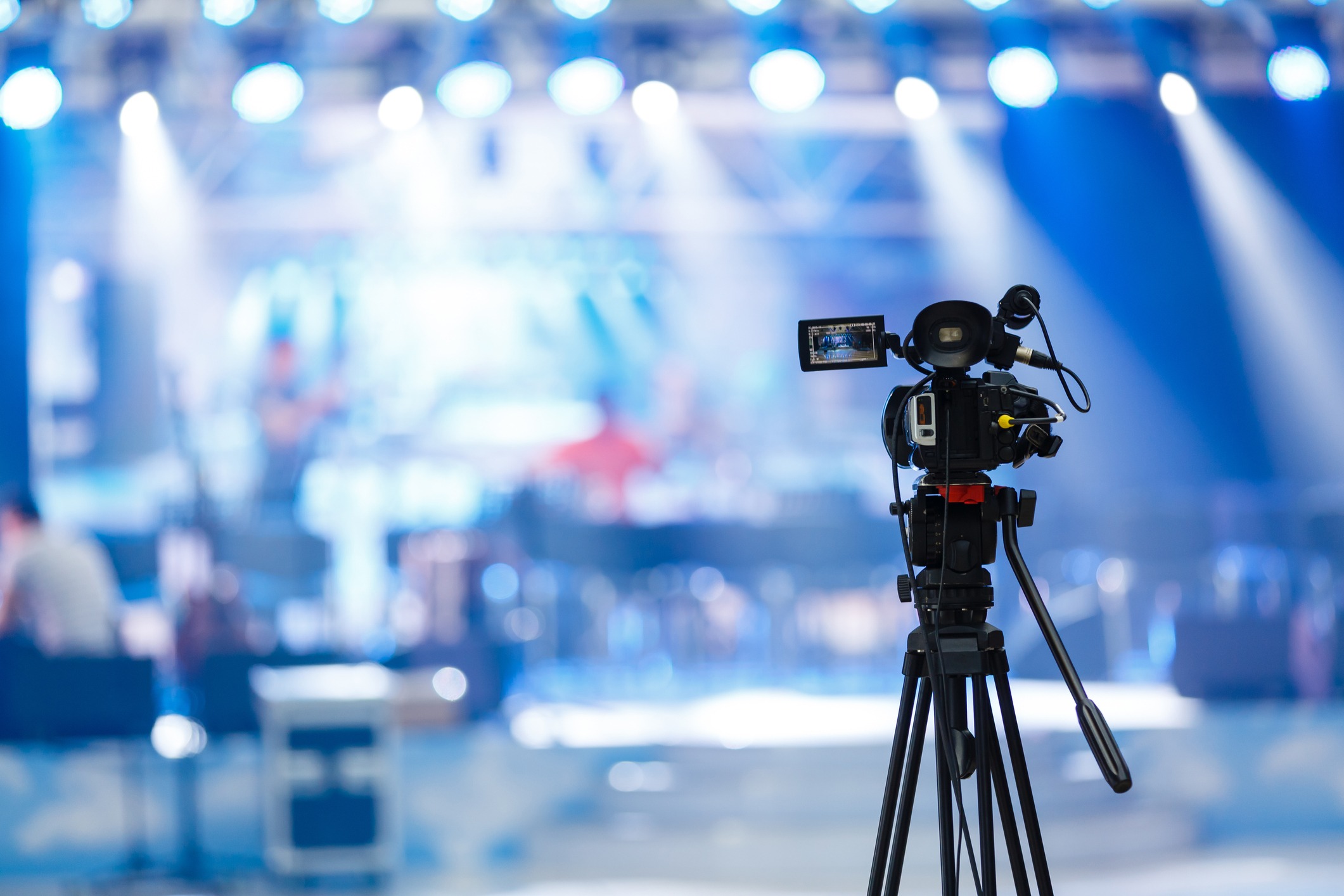“You have to know what you’re trying to accomplish before you even try and think about doing the technology,” urged Brandt Krueger, technical producer, owner of Event Technology Consulting and Smart Meetings’ event tech correspondent, during the Smart Chat Live! webinar, “Top Event Tech Tips From a Year of Change.”
With Tess Vismale, award-winning Event Rescuer and founder and CEO of iSocialExecution Inc., the conversation focused on attendee questions about what we’ve learned, how to incorporate those lessons and where we need to keep evolving.
To catch every snippet of wisdom, watch our webinar on demand.
While virtual technology helped preserve and grow the events industry throughout the pandemic, hybrid events have become a contentious issue among event leaders, especially as we “reincorporate in-person audiences in our meetings,” as Krueger describes where we are in the process. Hybrid events can unlock uncharted avenues for connection that can alter the very makeup of—and standards for—diversity, equity and inclusion across the world of events.
Know Your Event, Know Your Tech
“How do we actually push the boundaries of things?” Krueger asked, reflecting on recent event tech innovation. While we can improve lighting, cameras and sound, he doesn’t really classify such adjustments as innovation. “It’s just taking the stuff that we knew from our in-person events about good production and applying them to online events,” he explained.
Making the tech for online events easily portable and keeping the production value high—that’s an area of current growth for the industry, Krueger explained. “You know, the lights, the green screen, the whole nine yards. How do I take that on the road?” Krueger wants to see industry innovators and event producers bring the advanced tech and knowledge we’ve gained over the last two years fully into both online and in-person events on a larger scale.
However, the influx of comprehensive platforms for online events has left a lot of planners and producers feeling overwhelmed: “I’ve spent a lot of the last two years just trying to make people feel a little bit better about the choices that they’re making,” he said.
The starting point for both event tech experts was the goal. You need to know information about who the event is, who the stakeholders are, what you’re trying to accomplish, they echoed each other.
When it comes to picking the right platform, there is no one one-size-fits-all solution. “It’s the ‘Big D’—it Depends—and I go back to my basics as a CMP. We were always talking about goals,” Vismale elaborated. “If you hit whatever the must-haves are, then that’s a success for you.”
Technology is evolving and in order for events to evolve in tandem, the goals we set and tech we choose to use need to involve and reflect who’s coming to the event. “I had to rely on that simple thing called humanity,” Vismale said. “We need to seek that first, and an understanding of our audiences, who we are, our capabilities—and to give each other grace.” From there, we can figure out what tech is best for the types of content the production team is delivering, she said.
Tech in Practice
Krueger praised a successful approach to juggling technology used by a meeting professional, who picked one event platform for their company’s annual event produced during lockdown, then used smaller events as a “farm team” to try other platforms. That way, they could test innovative methods like gamification at smaller events, and those that work can move up to the “big leagues.”
When it comes to technological fluency, everyone involved in event planning and production should, at some point, receive a basic elemental education, Vismale asserted. “Those kinds of skill sets will help you be more comfortable in exploring new opportunities”—a crucial aspect of innovating our industry for better events and event outcomes.
Having a general level of comfort with the tech you choose helps put you “in the seat of the attendee—someone who’s actively engaged—and give them what they truly need and deserve; but you can’t do it if you don’t understand it, or if you’re standing away from it,” Vismale said.
A final tip for putting your tech into practice: “When it comes to hybrid events, and even just limited interaction broadcast events, I think there’s going to be a great chance for those companies that were event app companies first,” Krueger predicted.
Defining a Good Hybrid Event
“There’s a lot of loose definitions of hybrid out there,” Krueger acknowledged, and that’s largely where disagreement begins over whether hybrid events are possible. The issue lies, however, in the conflation of broadcasted events and hybrid events, as Krueger and Vismale explained.
Krueger gave Meeting Professionals International’s (MPI) definition of hybrid: “A hybrid event is a meeting or event with at least one group of in-person participants connecting with remote participants in one or more other location” (see page 11 of MPI’s “Hybrid Meetings: How-To Guide”). The key word, Krueger said, is “connecting.” He furthered this definition by stating, “A true hybrid event makes people feel like they’re a part of the same group, part of the same event—no matter where they are in the world.”
Read More: The Difficulty With (Hybrid Definitions)
Contrary to a common position among meeting professionals that hybrid is just too expensive, Vismale explained that it depends on what percentages of the investment is in what delivery method. Every hybrid event doesn’t have to be half virtual and half in-person. Consider where the most important stakeholders will be located and put more resources in that area.
“One of the bad roads we’ve gone down in the last couple of years is trying to make equal experiences,” Krueger observed. The phraseology he uses is an equivalent experience. Modern display technology, high-resolution pictures, augmented reality (AR) and the like can revolutionize attendee experiences.
Krueger expanded on the importance of reworking budget percentages, “It doesn’t have to be that much more expensive because, in a lot of small- to medium-sized events, we already have a camera in the room because we’re recording; we already have audio; we already have lights in the room.” You can save on equipment by using what’s already available and familiar.
That leaves your time and your planning and production teams’ time as your biggest budget item, Krueger said. And that means paying for labor. “Everyone should be paid for their time and respected for their time,” Vismale reminded the audience.
Vismale said she anticipates more meaningful conversations in meetings; “we know [more meaningful conversations] take place in smaller groups of people,” she said. Group numbers may go down, “but the impact is going to be greater because of the concentration of the numbers of people.”
Dismantling the Accessibility Barrier
Krueger led the conversation to the topic of accessibility: “For many people, this was the first time they felt like they had equal seating at the table,” he said. Vismale quickly seconded his statement: “Yes, and we should have been designing events that way from the beginning.”
“We’ve expanded our audience to include many people who couldn’t attend before, either for financial reasons, or disability reasons, or for whatever reason. If we just go back to what we were doing before, that is the same as saying, ‘You didn’t matter, thanks for playing, goodbye.’”
Moreover, as Krueger pointed out, “If you’re being accessible and you’re really thinking through the experience for people with disabilities—and it’s not just people with disabilities, as all people can benefit from the same technologies—you get to advertise that fact.”
Bottom line: Hybrid can be worth the time and financial expense; it just takes a willingness to reprioritize.





